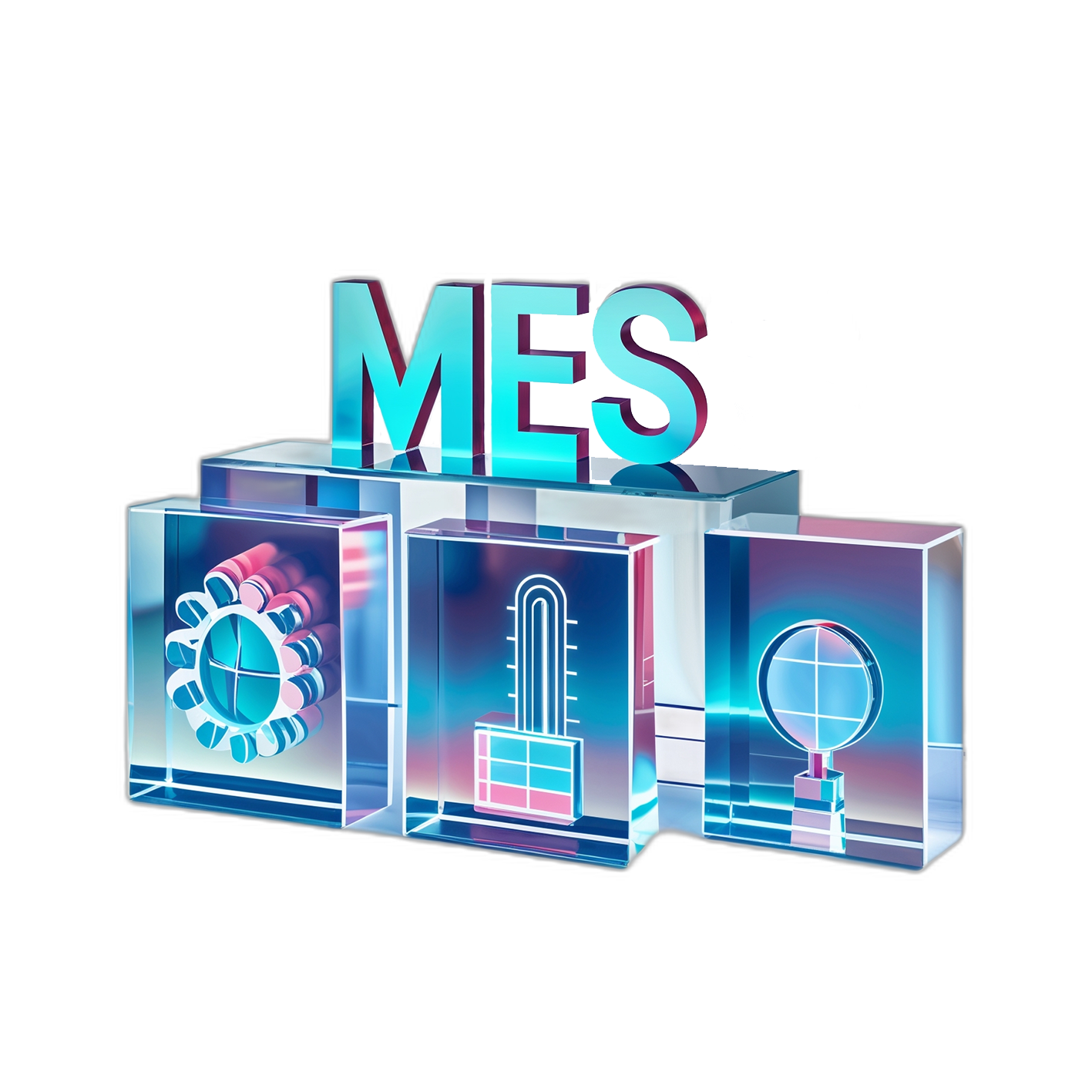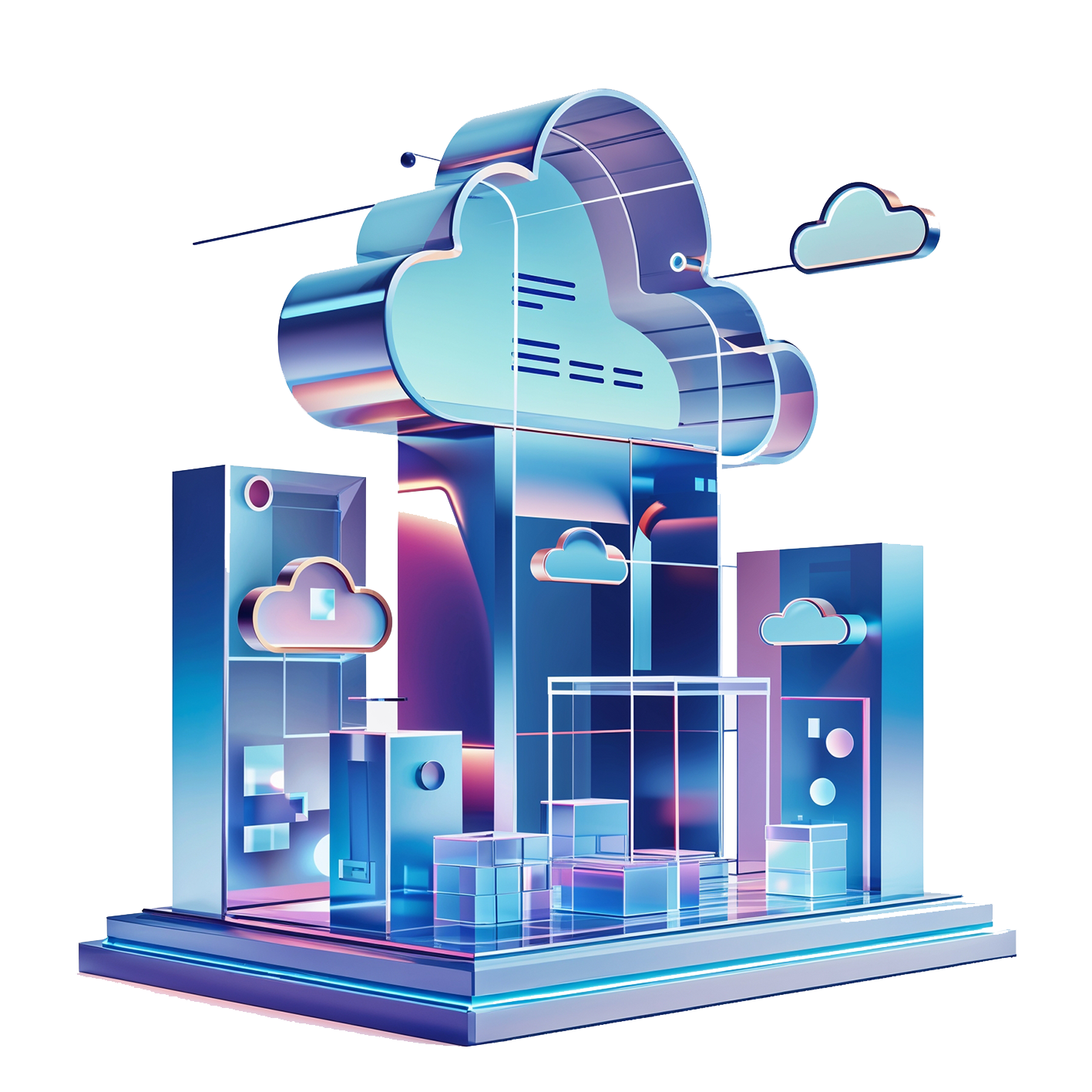In many manufacturing plants, information does not flow smoothly between departments. Production, planning, and sales often operate in separate systems that are not integrated, and many key data points are still updated manually — often in Excel spreadsheets. This leads to chaos, delays, and poor decision-making.
At one company we supported, a customer placed an order for a product that was already in production — but none of the departments were aware. The result was duplicated work, delays, and reactive firefighting. Unfortunately, such situations are still far too common.
A lack of IT system integration not only slows down daily operations. Over time, it leads to mounting losses: overproduction, downtime, inefficient machine usage, and loss of control over planning. The larger the organization, the harder it becomes to manage this complexity without automated data flow.
Many companies lack hands-on support in this area. Integrating new systems with existing infrastructure (ERP, MES, SCADA) often seems costly and complex. There’s also a lack of clarity on how to choose solutions that truly fit a company’s production profile — and attempts at “quick fixes” often cause more problems than they solve.
As a result, companies recognize the need for change but often hesitate to take action.
We begin not with technology, but with understanding your organization. Our process starts with workshops and discovery sessions. We analyze workflows, data bottlenecks, and integration opportunities. Then we co-design a solution with your team and your IT/OT leads — respecting your current infrastructure rather than disrupting it.
This approach leads to smart integrations that bring order, not chaos. The outcome is a seamless flow of information, automation of key decisions, and the ability to manage production in real time.
You get greater data consistency, fewer errors, faster reactions to change, and improved planning. Strategically, this translates into measurable savings, better OEE, and increased predictability in operations.

Traditional reports and spreadsheets make analysis slow and unclear. Tools like Power BI, Grafana, and Tableau turn complex data into visual dashboards.
This allows manufacturers and OZE operators to track performance, detect inefficiencies, and make data-driven decisions—faster and more accurately than ever before.

MES gives manufacturers and renewable energy operators real-time control over production and infrastructure.
By collecting and analyzing performance, quality, and equipment data, MES enables smarter scheduling, waste reduction, faster response to issues, and improved efficiency of both industrial and energy operations.

Data scattered across multiple systems is hard to analyze. ETL integrates information from sources like ERP, MES, and IoT, then standardizes and loads it into a central database.
This ensures data consistency, enhances reporting accuracy, and provides a single source of truth for operational and strategic decisions.

Manufacturers and OZE companies often detect failures too late due to a lack of real-time monitoring. IoT sensors continuously collect and transmit data from machines or installations to analytical dashboards.
This enables real-time insights, predictive maintenance, and better operational control—reducing downtime, costs, and energy losses.

Companies often store data in disconnected systems, causing delays and inefficiencies. Cloud databases centralize critical business information, enabling real-time access, better collaboration, and faster decision-making.
For OZE companies, they support dynamic energy management and integrate easily with forecasting tools and IoT infrastructure.